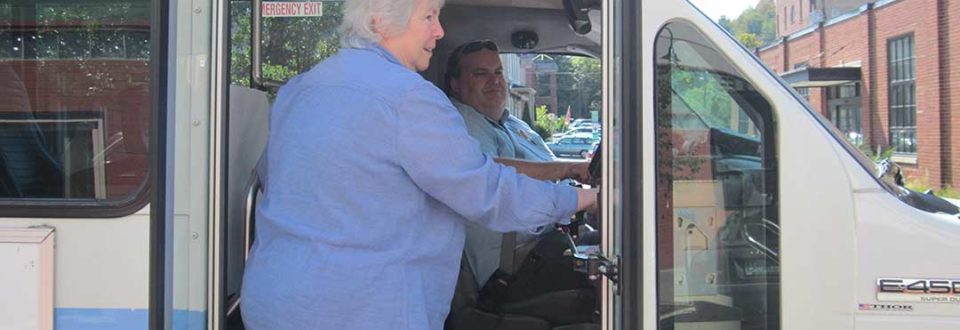Transportation for persons with disabilities often requires extensive advance planning. Basically, it’s all about getting from one place to another. This series of articles (blog posts) will explore the questions you need to ask yourself to ensure that your trips will go well, and some practical advice on how to get over some humps you might encounter.
First you must ask yourself what is purpose of my trip? Is it business or is it personal? There are a variety of support systems for work related transportation and we’ll cover that in a separate post. For personal transportation, there are a variety of reasons to travel to deal with your daily living needs; shopping, banking and accessing health care services. And personal transportation is also necessary for vacation and entertainment, such as going to the movies or visiting friends and family.
Before you can really make a plan you must decide if your trip will be local, regional, interstate or international. And you must also decide what mode of transportation will be best for you and your particular Independent Living needs. Should you walk, bike, drive or take public transportation?
And if you drive there are many ways to do that as well. You could drive yourself (is my vehicle accessible?), someone else could drive you (a volunteer or paid driver), you could take a taxi (do you need an accessible taxi for a mobility device?) or use a service like Uber or Lyft (services are very limited in Vermont). There are also many considerations if you are taking a bus. Public Transit includes a certain amount of complimentary ADA transit. For intercity transit there are extensive Bus systems, both public and private (G M T A, Greyhound and others). For longer trips there are Trains and Plane. Both of those modes have advantages and disadvantages for persons with disabilities but with the proper planning can be quite rewarding.
Then there’s the obvious question of how to pay for it. Do you pay out of pocket or is there a program for sponsored transportation? Sponsored transportation includes Medicaid transportation (in certain cases) and some state programs which provide vouchers. Remember to consider that you might have a personal network of friends, family or other volunteers that could drive you. If that’s the case there are also paths to getting your volunteer drivers reimbursed.
In the following weeks and months, the S I L C transportation committee hopes to provide answers to some of these questions and eventually provide tips and resources for creating a personal transportation plan, created by you and customized for your particular Independent Living needs. Comments and questions are welcome!
